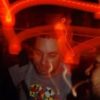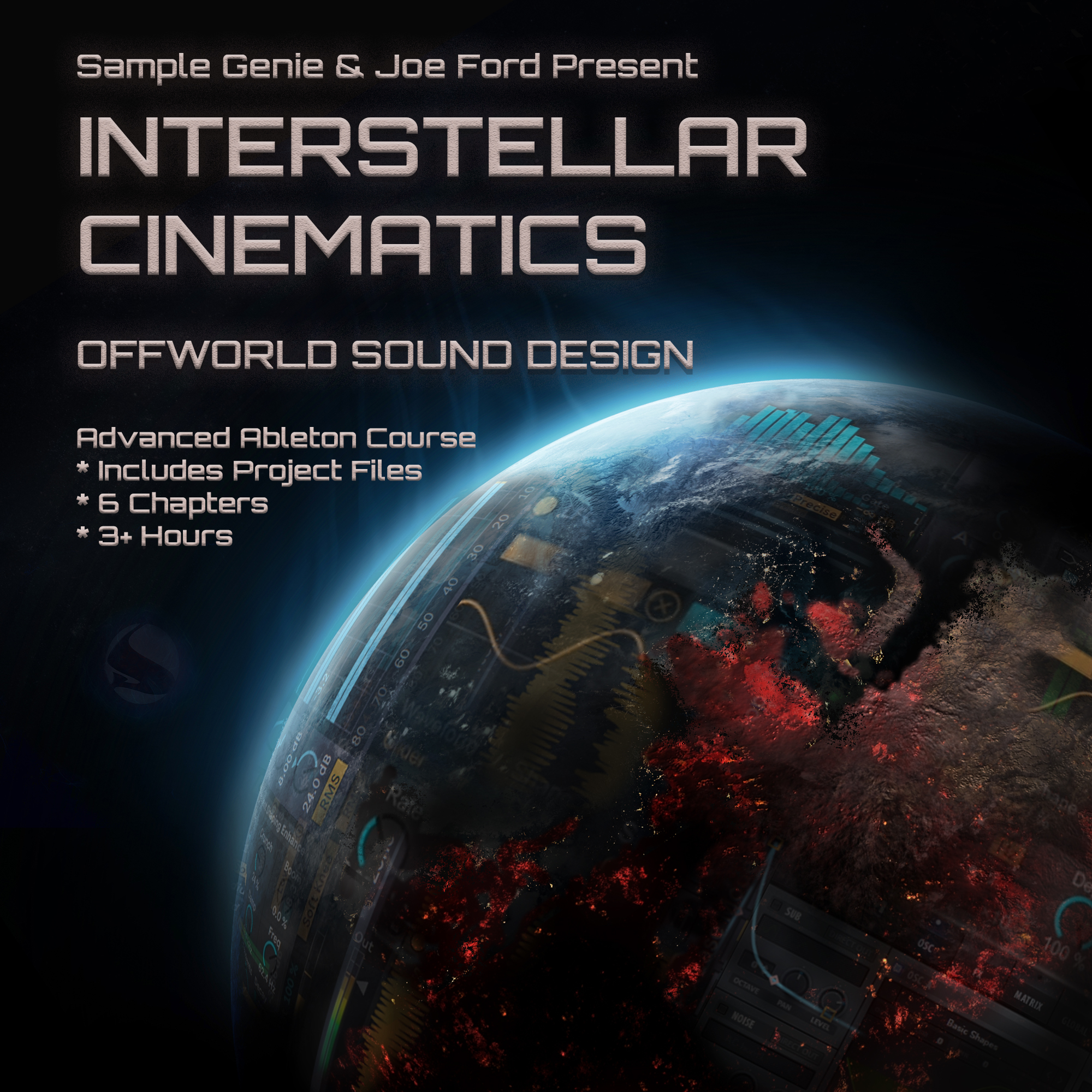Analysis of S5 bonus video: Adam Winchester – Advanced Sound Design
- This topic has 0 replies, 1 voice, and was last updated 6 years, 7 months ago by ,
 Harry.
Harry.
-
AuthorPosts
-
-
2017-12-06 at 21:13:15 #34398,
 HarryModerator
HarryModeratorRecording of a Digital Labz seminar from 2014. Presenter is Adam Winchester, who produced as Wedge, Bleecker (of Lrusse & Bleecker), and Dot Product (with Chris Jarman/Raiden).
The goal of the presentation is to demonstrate sound creation methods and ideas that are not done “in the box”. The reasons is to get unique sounds, getting yourself involved in the creation of sounds, and interacting with the music creation in a different way.
02:50 – list of reasons given for creating unique sounds:
– Everyone has the same tools
– Individual USP (unique selling point)
– Put a bit of noise & grit back in
– Get physical & interact
– Create sound from everyday junk
– Experiment
– It’s fun03:55 – techniques suggested for starting out
– Contact microphones – piezo pickups
– Build your own spring reverb for cheap
– Electro magnetic radiation – coil pickups
– Feedback through a desk05:00 – contact microphones
– These can be bought for cheap (Maplins, Amazon, eBay, etc.)
– You can wire these yourself
– Only pick up audio when in contact with a surface, picking up resonation
– You can use a product called PlastiDip to make the mics waterproof
06:50 – demonstrating using contact mic, attached to an inflated balloon.
– States these recordings could be good for effects & drums.
08:00 – spring attached to a kids toy11:30 – recording electro magnetic radiation
– Using coil pickups to record the sound of electronic devices
– Coil pickups often sold as telephone tap pickups
– Demonstrated with different electronics
– Recommends trying on devices that have moving parts19:42 – homemade spring reverb
– Constructed from a DIY amp & speaker kit, a slinkie/spring toy, epoxy, a tube (drain pipe), contact mics at each end of the tub
– Recommends sending pad sounds through the reverb, but not drums25:15 – feedback through a desk
– Comes with a warning to be careful, excessive feedback can damage equipment
– Demonstrates connecting the output of a mixing desk in to the input of a mixing desk channel, and I think using the headphone output to get the actual resulting sound in to the soundcard
32:00 – demonstrates using the recorded audio in iZotope Iris, which is a sample-based synthesizer
37:00 – explaining the feedback loop a bit more—
THOUGHTS & QUESTIONS
– A lot of these seem like fun experiments that can be easy to put together, and get a decent volume of results to use.
– Contact mics seem to be commonly used on instruments like violins and some guitars.
– Material here relates to some of the other Sample Genie videos, namely those about sound design from foley (Amoss, Billain and Hybris come to mind)."Knowledge kept is knowledge lost." - Bobbito Garcia
-
-
AuthorPosts
- You must be logged in to reply to this topic.


